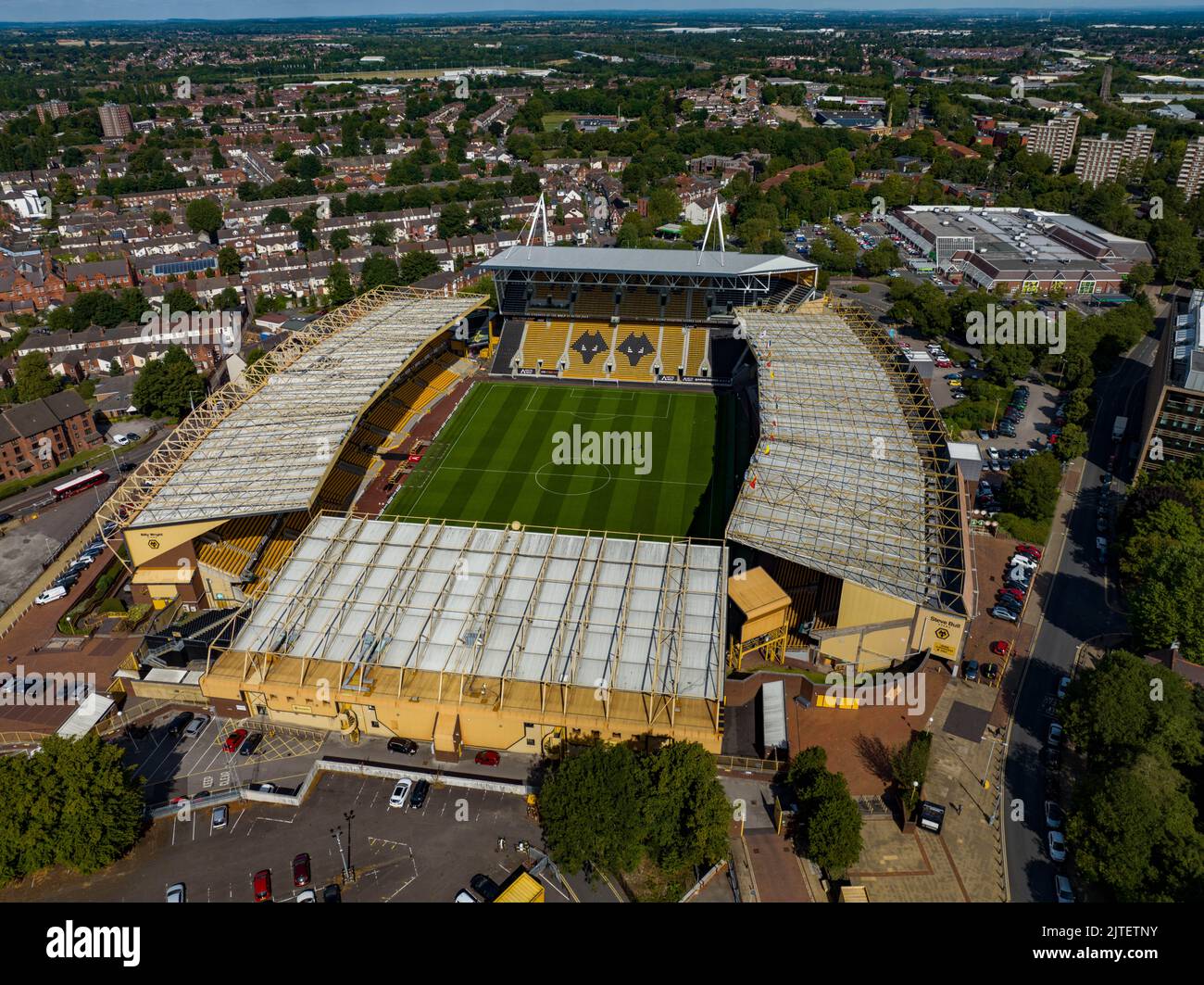
Introduction
Wolverhampton, located in the West Midlands of England, has a rich history and vibrant community that make it a significant city in the UK. With a population of over 260,000, it plays an essential role in the region’s economic development and cultural identity. Recent developments and urban regeneration projects have sparked renewed interest in Wolverhampton, showcasing its potential for growth and transformation. Understanding Wolverhampton’s current landscape is crucial for anyone looking to grasp the dynamics of urban development in the UK.
Historical Significance
The city’s history dates back to the 10th century and has evolved significantly over the centuries. Once a market town, Wolverhampton became a hub for the manufacturing industry during the Industrial Revolution, particularly known for its production of metal goods. This industrial past is commemorated in landmarks such as the Wolverhampton Art Gallery and the Molineux Stadium, home to the city’s beloved football club.
Recent Developments
In recent years, Wolverhampton has seen considerable investment aimed at revitalising its infrastructure and economy. Key projects include the Westside development, aimed at enhancing shopping and leisure options, and the Interchange development, which promises to improve transport links and accessibility. In 2023, the opening of the new Wolverhampton Interchange, a multi-modal transport hub, was completed, significantly improving connectivity for commuters and encouraging businesses to invest in the area.
Cultural Scene and Community
The cultural fabric of Wolverhampton is enriched by diverse communities and a thriving arts scene. Events like the Wolverhampton Literature Festival and various music festivals celebrate local talent and bring people together. The city is also home to the Wolverhampton Wanderers FC, which contributes to the city’s sporting reputation and community spirit.
Conclusion
As Wolverhampton continues to develop, it is evident that the city is embracing its heritage while looking forward to a promising future. The ongoing projects and community initiatives reflect a commitment to growth and revitalisation, presenting new opportunities for residents and visitors alike. For those interested in urban development, community engagement, and cultural evolution, Wolverhampton stands out as an exemplary model of a city in transition, balancing its rich history with modern aspirations. Its significance in the UK is set to grow, making it an intriguing topic for anyone following the evolution of cities in the 21st century.
You may also like

Exploring Wolverhampton: A Gateway to Culture and History

The Unique Biodiversity and Culture of Madagascar
